Written with the help of CPN’s community garden Gtegemen (We Grow It) assistant Kaya DeerInWater.
Bodewadmi Widoktadwen Gtegan (Potawatomi Community Garden) boasts bountiful harvests each season. During the fall, certain plants complete their growth cycles, providing sustenance and nourishment for the seasons to come.
“For everything that goes on in our bodies, there’s something that the land provides,” said CPN Bodewadmi Widoktadwen Gtegan assistant Kaya DeerInWater. “There’s something available to us to compliment that, to balance us out.”
Plants traditionally harvested in the fall have helped Potawatomi live through the cold winter months for a millennium. The natural medicines keep metabolisms in order and help fight the flu and other sicknesses brought by frigid conditions.
This is in no way a complete guide on the plants featured, which were chosen with Oklahoma’s harvesting periods and environment in mind. Please research before growing, collecting, cooking or using these items, and be aware of pesticide usage.
For more information, visit the Facebook group Gtegemen: CPN Community Garden or email chcgarden@potawatomi.org.
Four Sisters
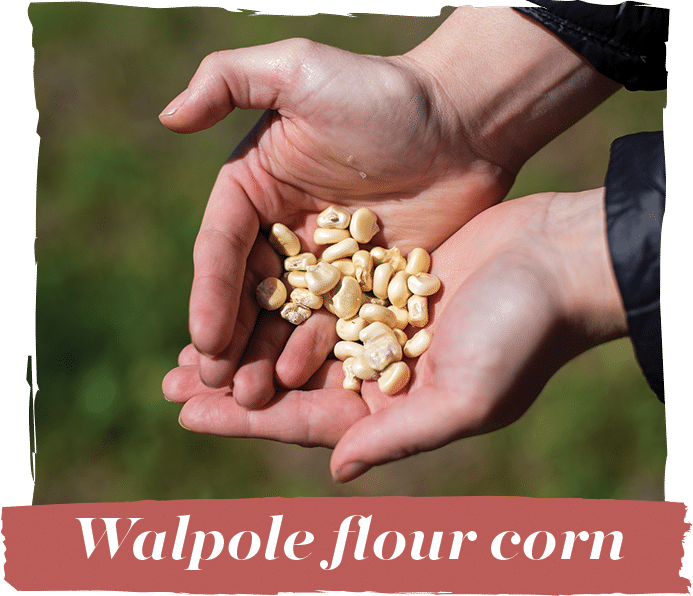
Walpole white flour corn brings structure to the Three Sisters (corn, beans and squash) area of the garden. Harvested in the fall, it provides necessary carbohydrates to live through the cold. A food preparation process, called nixtamalization, uses wood ash to make certain varieties of corn more digestible and increases protein bioavailability. It produces hominy for the winter.
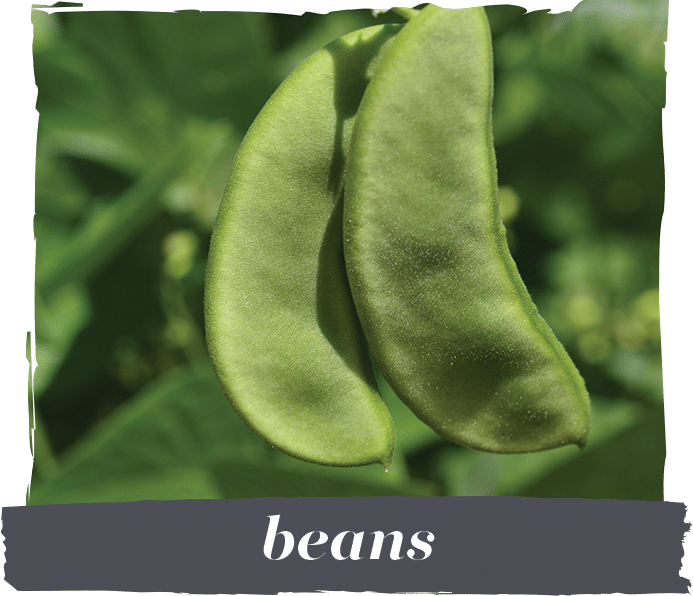
The garden’s six types of beans provide an abundance of protein, and their roots help convert nitrogen from the air into soil nutrients for the corn and squash. Depending on when picked, some enjoy eating green lima beans or drying them for soups. The larger, “meaty” bear paw beans make a hearty side dish, and tiny cornfield beans grow on cornstalks without straining them.
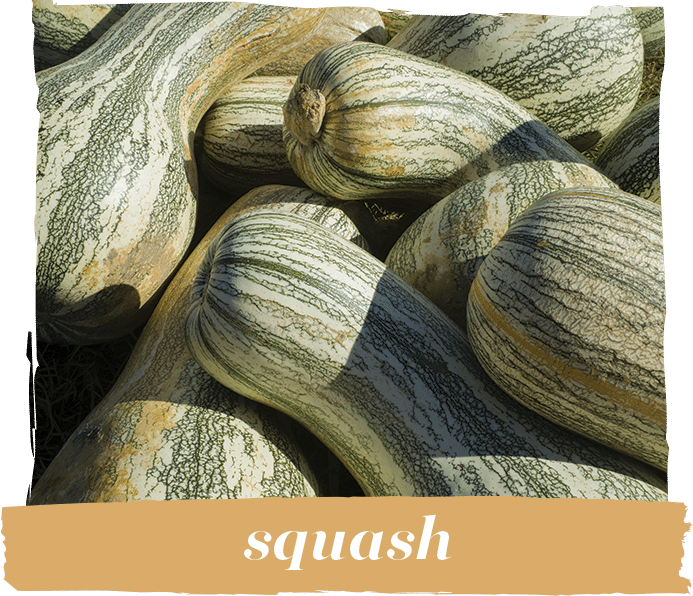
The garden’s two types of squash provide vitamin A and C, fiber and carbs as well as essential amino acids corn and beans do not. Their prickly stems protect the garden from animals and critters, while the leaves create shade to keep the ground moist. The green-striped cushaw squash is bug-resistant and extremely resilient, and the geteskwesmen squash dates back centuries.
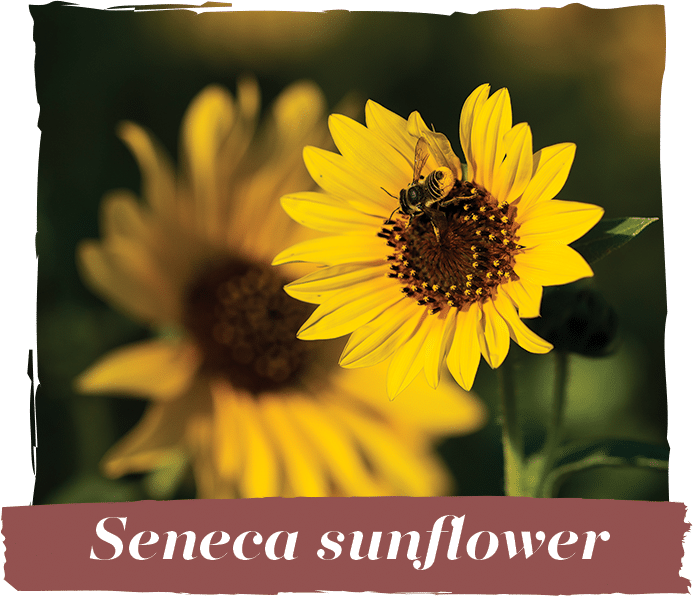
The Seneca giant sunflower is a welcome addition to the Three Sisters section of the garden. It solidifies the plants’ combined architecture and provides shade. Their large, spikey leaves act as barriers to foraging animals and insects while their flowers attract essential pollinators. Edible from root to petal, they also fill in as extra healthy fats otherwise lacking in the Three Sisters.
Spices, sweets and teas
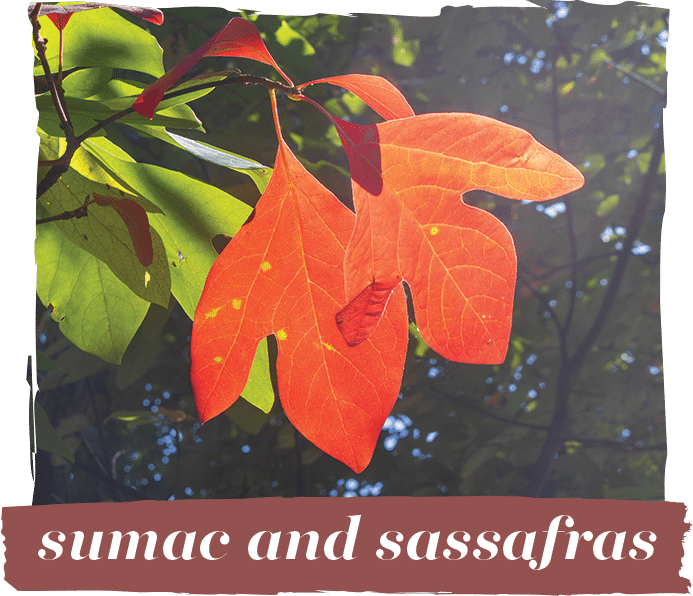
Dried and ground sumac berries make a tangy spice particularly delicious on a roast. Boiled down into a tea, they supply plenty of vitamin A and C as well as other antioxidants. Sassafras gave original root beer its signature flavor, and makes elderberry or blackberry cough syrup more palatable when added. Its leaves act as an antibiotic when rubbed on wounds as well.
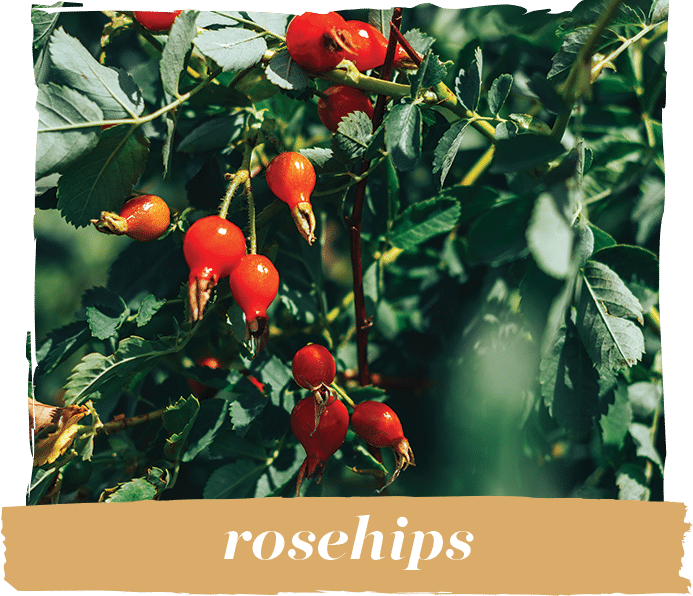
An extremely versatile fruit of the rose plant, rosehips ripen from late summer through the fall. Rich in vitamin C, Potawatomi consider it an immune booster and make rosehip tea during the colder months and flu season. Its beneficial compounds’ natural construction make it more bioavailable and useable by the body than manufactured supplements.
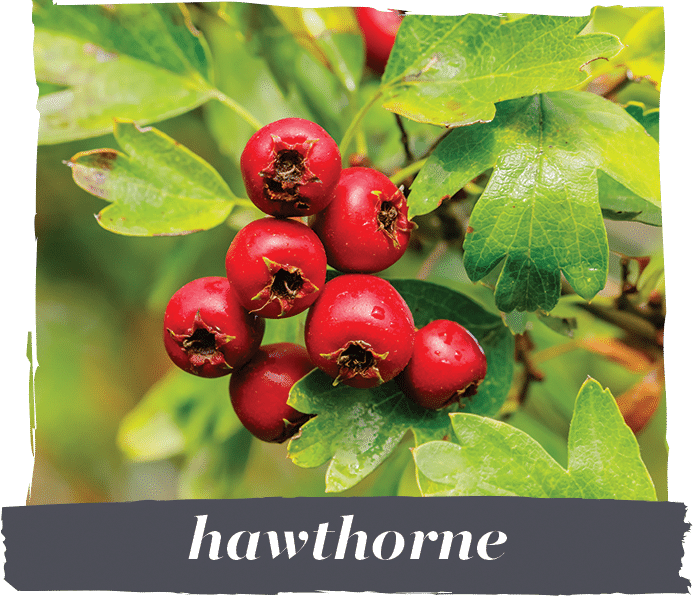
People worldwide have used hawthorne berries’ medicinal purposes for centuries, especially its antioxidants. Hawthorne’s heart-healty properties may help reduce blood pressure. Tangy and a little sweet, the berries make a tasty syrup when paired with sugar or maple syrup after boiling.
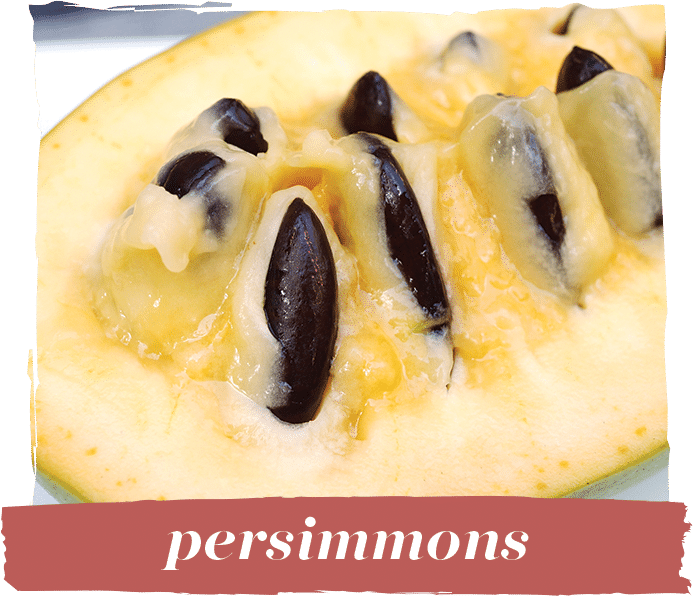
Harvesting both of these fruits is time-sensitive. Paw paws ripen from late August to early September; however, they do not continue to ripen after picked. Collect persimmons after the fall’s first frost to ensure a full flavor. Their sweetness makes craveable baked goods, especially bread puddings and custards, as well as delicious toppings and sorbets.
Fall and winter dishes

The roots of the American white water-lily make a good potato substitute. Their rhizomes grow in the muck of a pond and depend on the water. The leaves and seeds are also edible. To make fritters, use acorns as a binder much like flour and some type of ground meat — squirrel, rabbit or even beef. Then, fry them in sunflower oil.
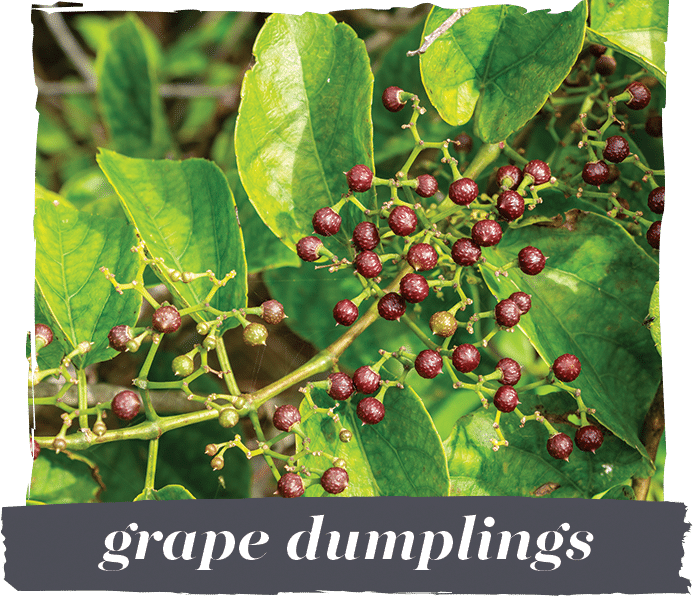
Possum grapes grow throughout the eastern half of the U.S., known for their smaller size, tart flavor and thick skin. To make a reduction for possum grape dumplings, mash them into a syrup, strain them, add sugar and cook it on the stove, stirring frequently. Make dough balls to pair with the reduction to complete the sweet treat.
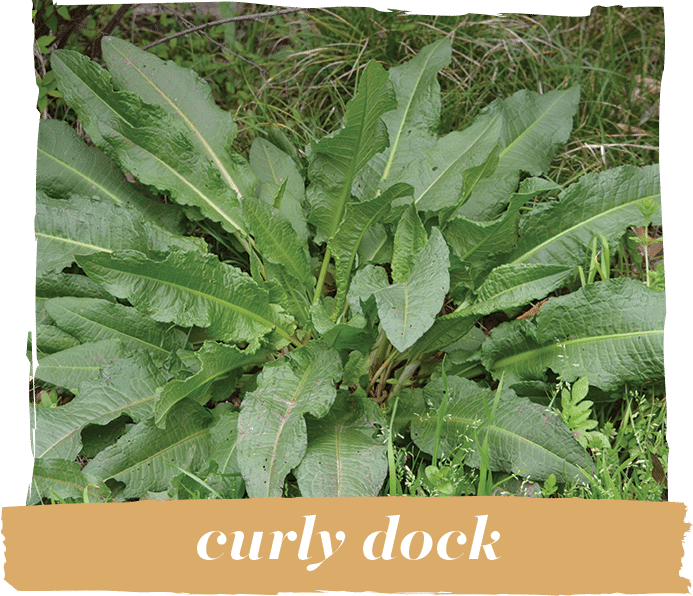
This common garden weed and member of the buckwheat family matures in heaps. Fall is its second growing season, ending as the weather frosts. Prepare the greens by boiling them twice to reduce acetic acid. Then, saute them with wild onion bulbs, maple vinegar and bacon for a rich, nutritious meal.
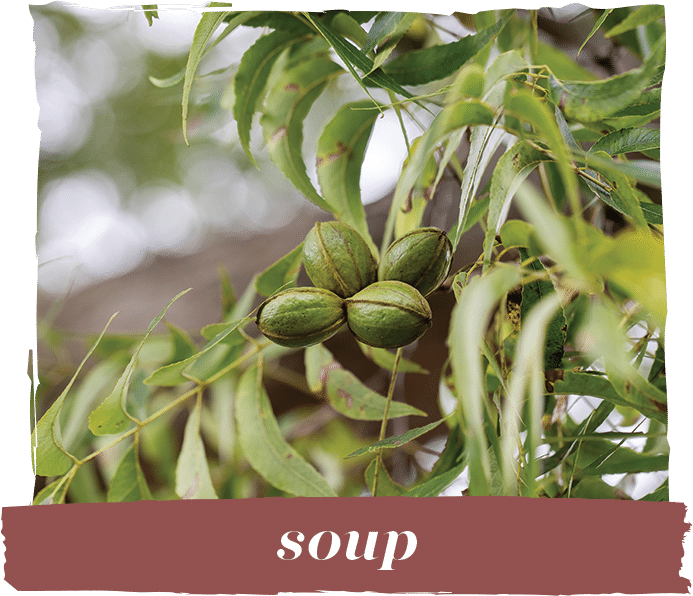
A hickory, walnut and pecan soup matches both historic and modern diets. Nuts provide healthy fat, and Potawatomi pick and eat them in the fall and as a winter staple. Acorn porridge is also a key dish for Potawatomi. For a simple nut soup, make the base with nuts ground down and boiled in water with added walnut oil or acorn flour for thickness.
